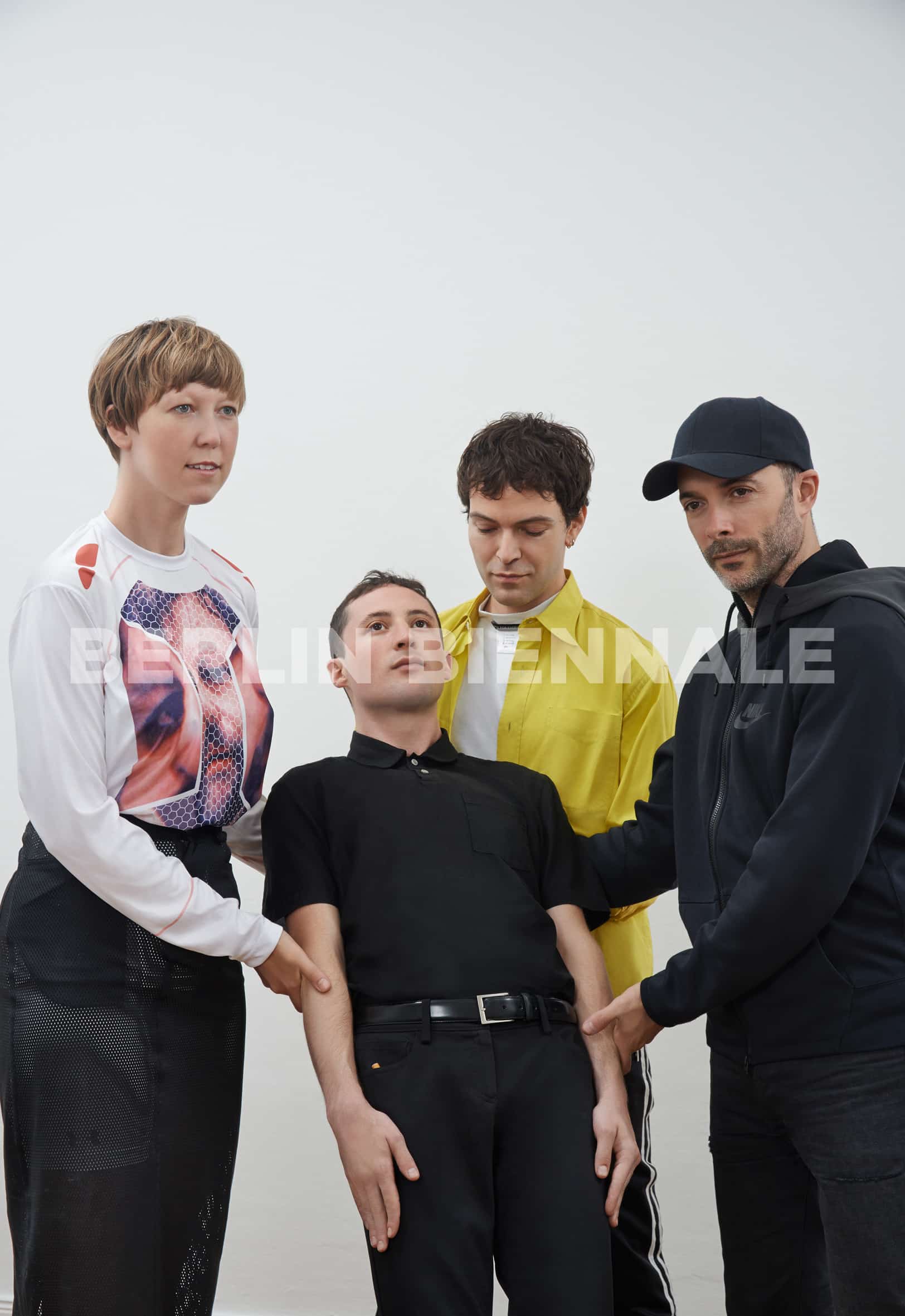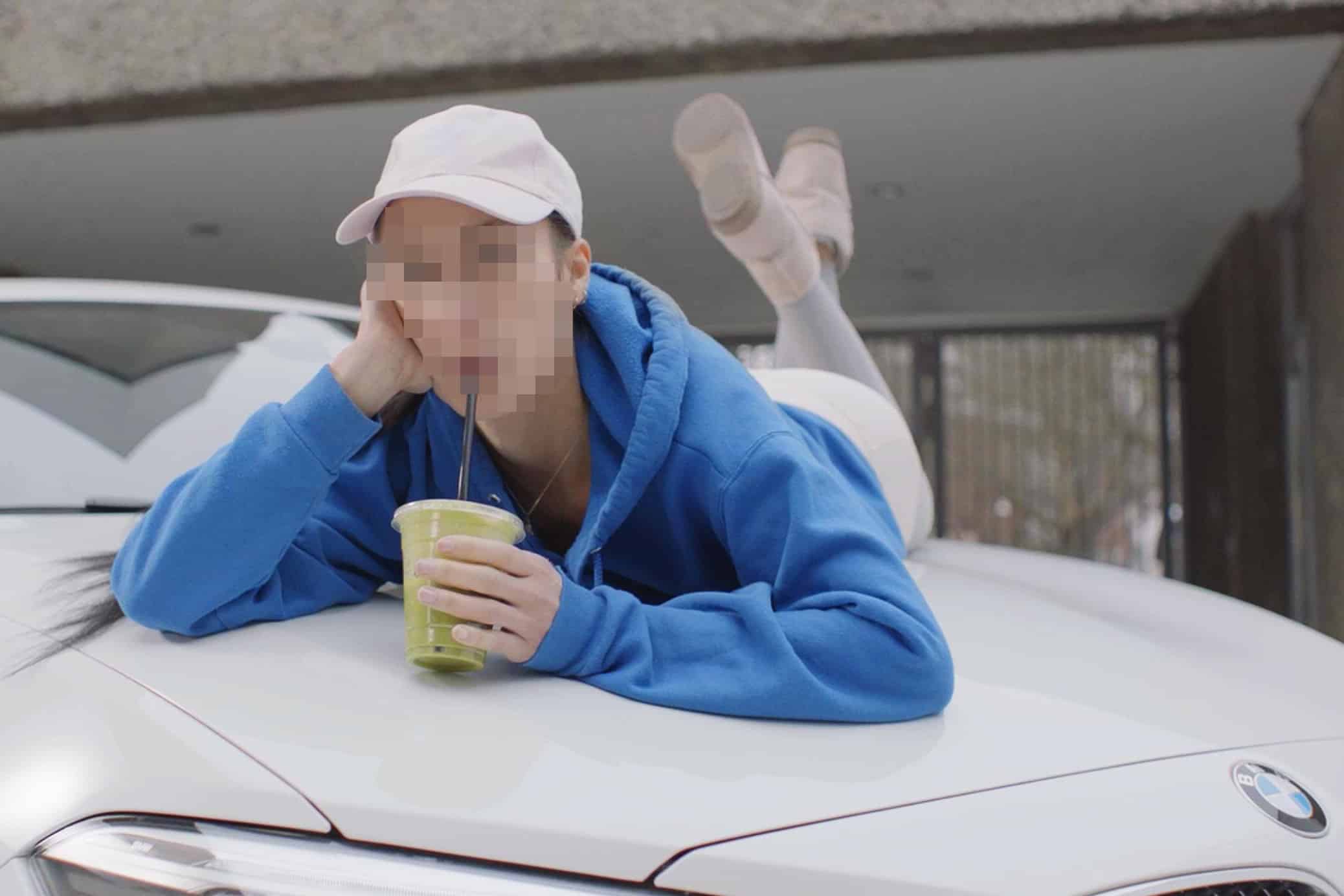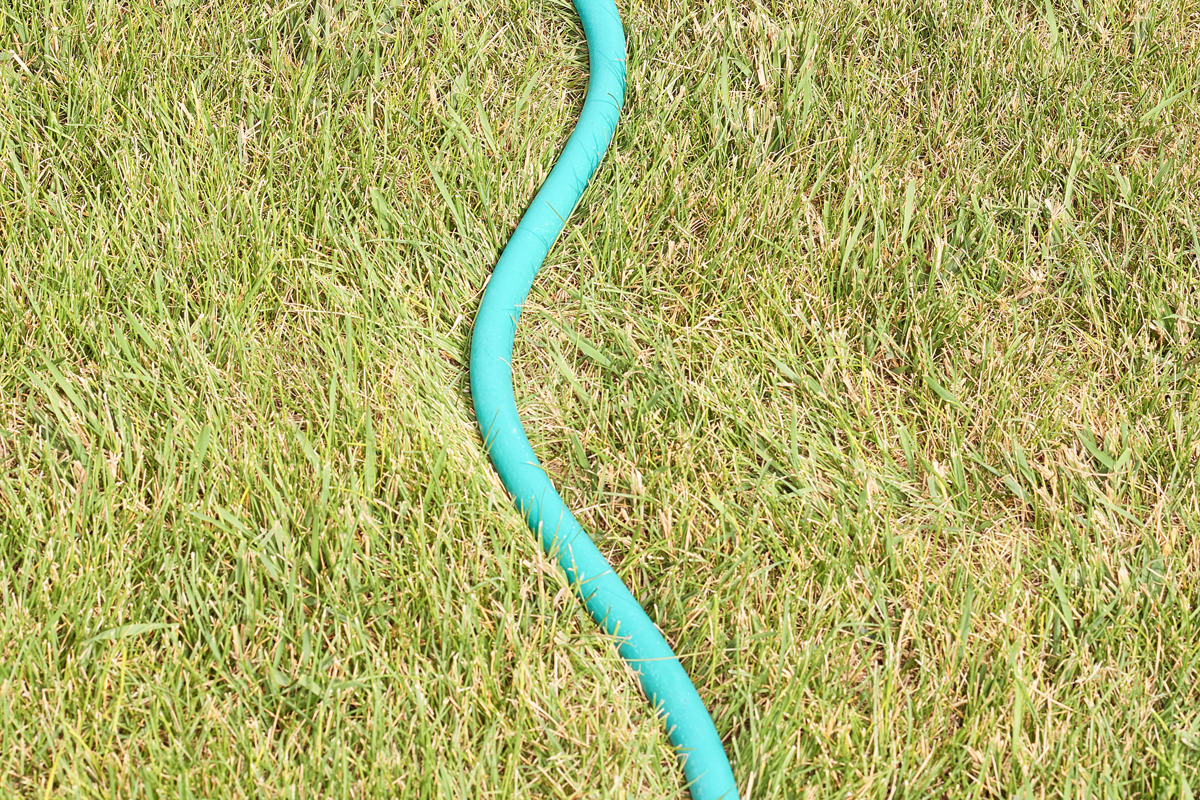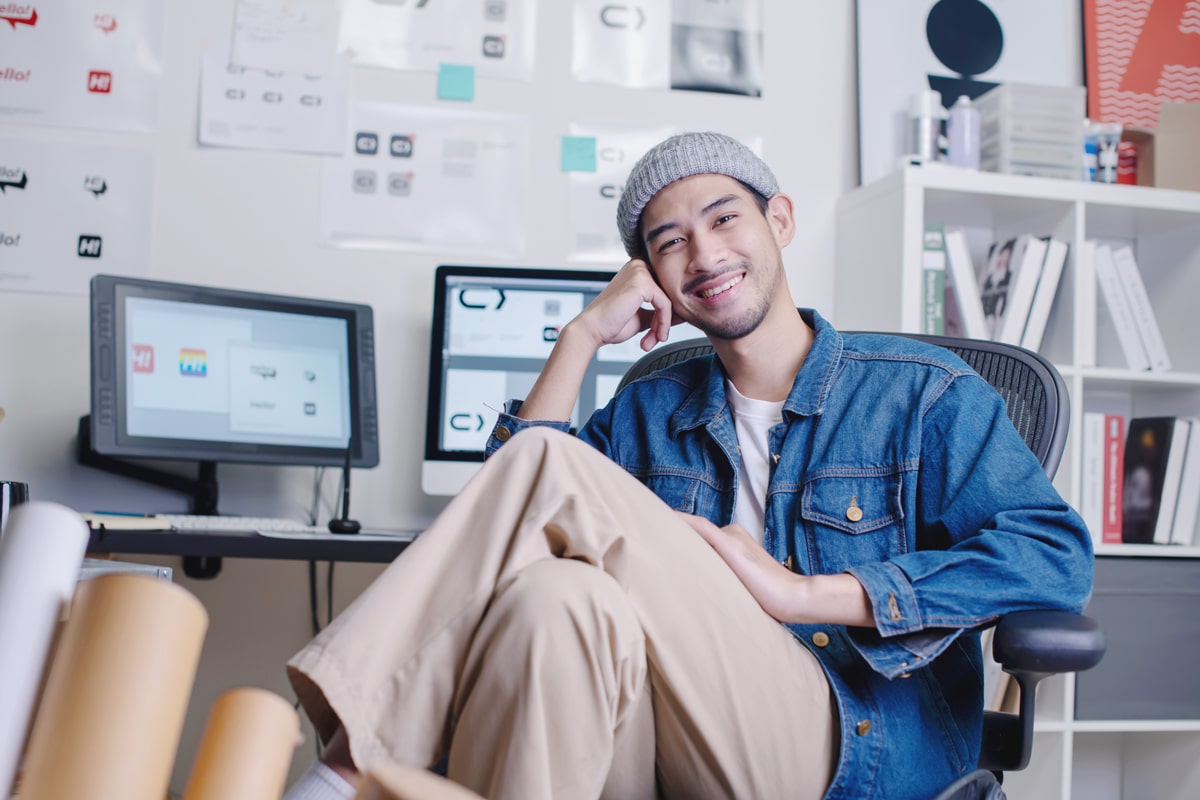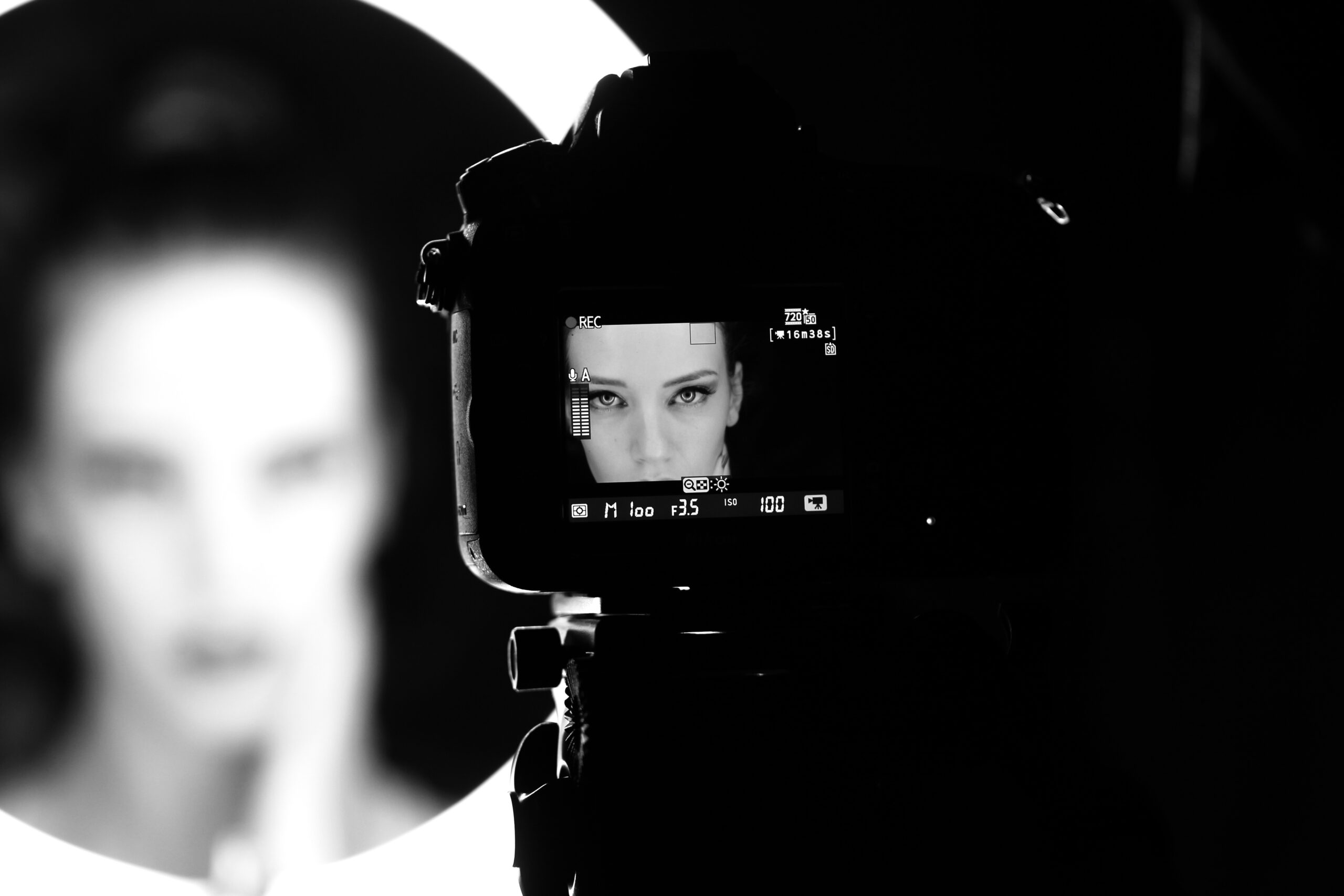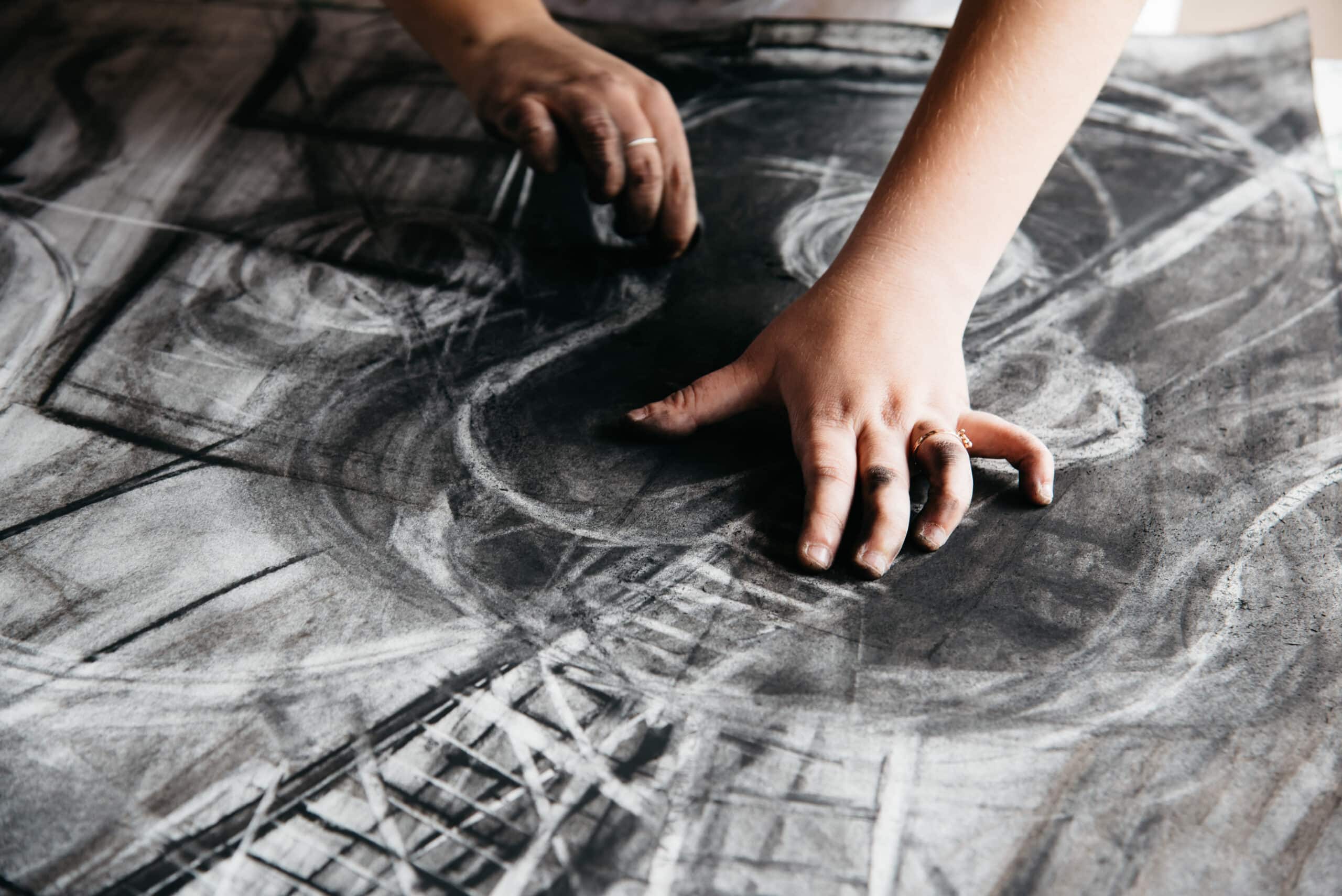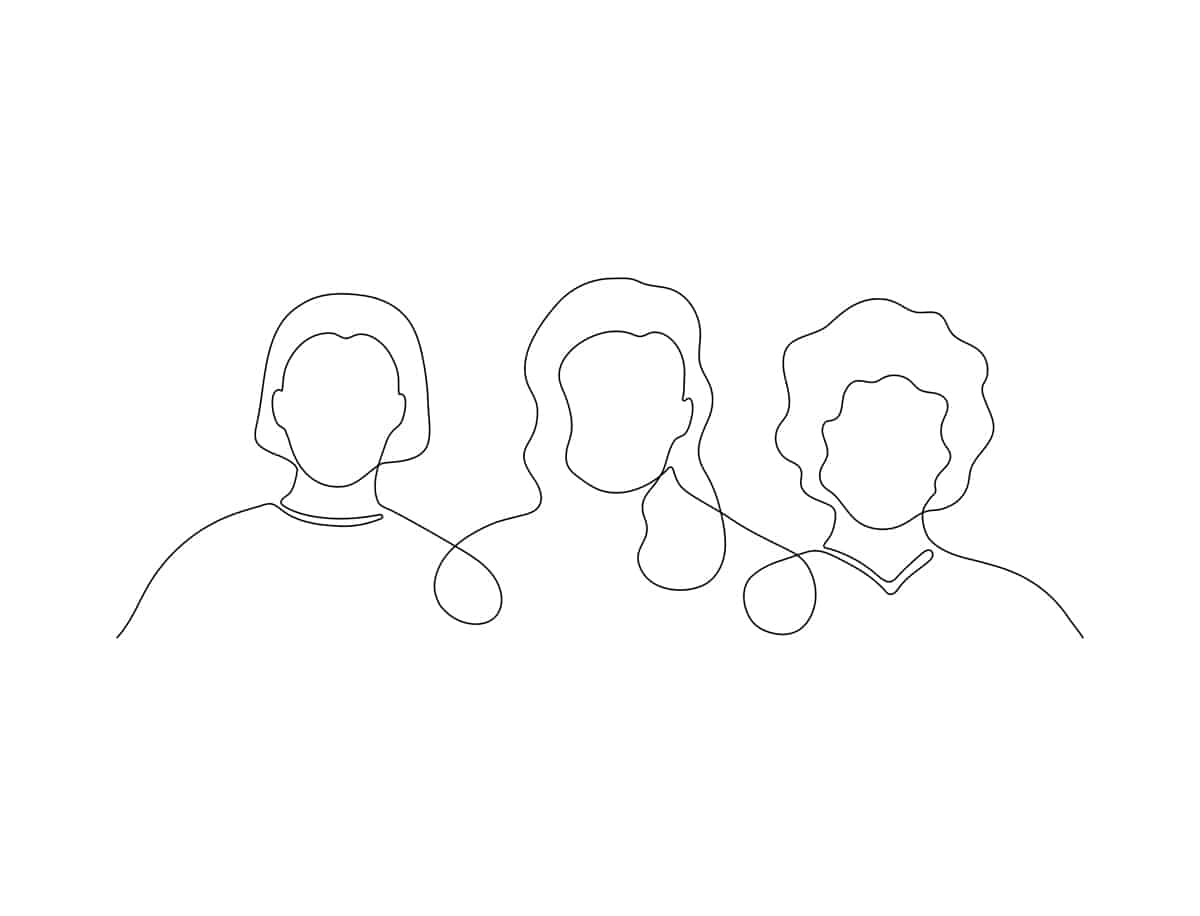The avant-garde New York collective known as DIS have picked up the curatorial reins for this year’s Berlin Biennale, showcasing their artistic presence across the German festival. Exploring popular culture and post-contemporary realities, the foursome (Solomon Chase, Lauren Boyle, Marco Roso, and David Toro) established the theme as ” The Present in Drag.”
DIS taps into the paradoxes of “the virtual as the real, nations as brands, people as data, culture as capital, wellness as politics, happiness as GDP, and so on,” they explain.
The Berlin Biennale continues to be an essential experience for contemporary art lovers. Founded by Klaus Biesenbach in 1998, it was inspired by the success of the Venice Biennale. Previous curators include well-renowned art folk such as Kathrin Rhomberg, Hans Ulrich Obrist, and Juan A. Gaitán.
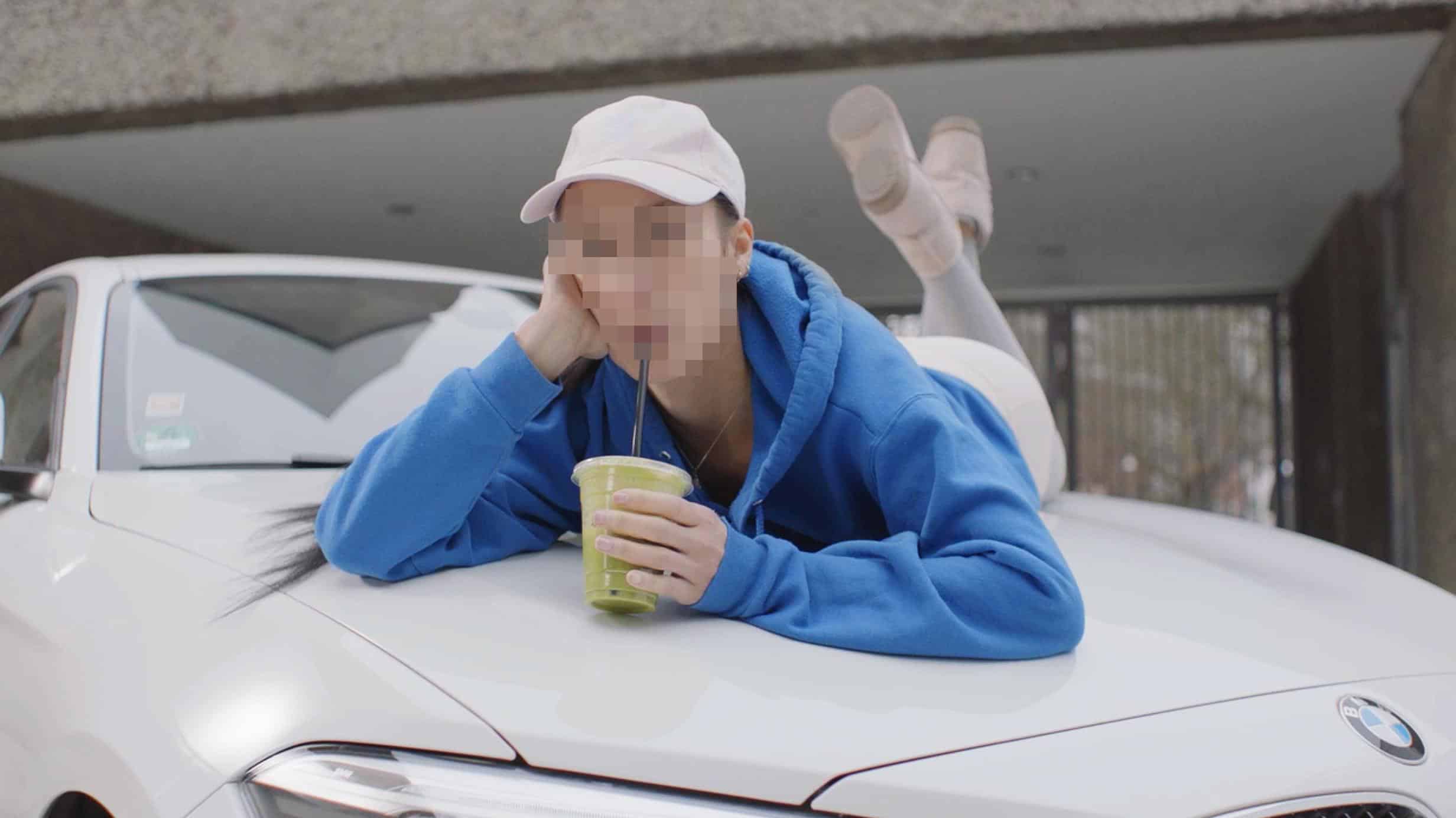
(Narrative Devices, 2016, Featuring Tilman Hornig: GlassPad, Video Still, Produziert von / Produced by Iconoclast, Courtesy Berlin Biennale für zeitgenössische Kunst / for Contemporary Art)
A lot has changed since 1998 and many of us are questioning the very notion of reality in our highly configured post-Internet society. Across various locations in Berlin, DIS-selected artists offer their answers to this query. The exhibition will run until 18 September 2016.
The collective says, “Our proposition is simple: instead of holding talks on anxiety, let’s make people anxious. Rather than organizing symposia on privacy, let’s jeopardize it. Let’s give a body to the problems of the present where they occur so as to make them a matter of agency—not spectatorship.”
We spoke to the DIS art collective to find out what viewers can expect this year, what keeps the foursome creatively fulfilled, and the message they aim to send.
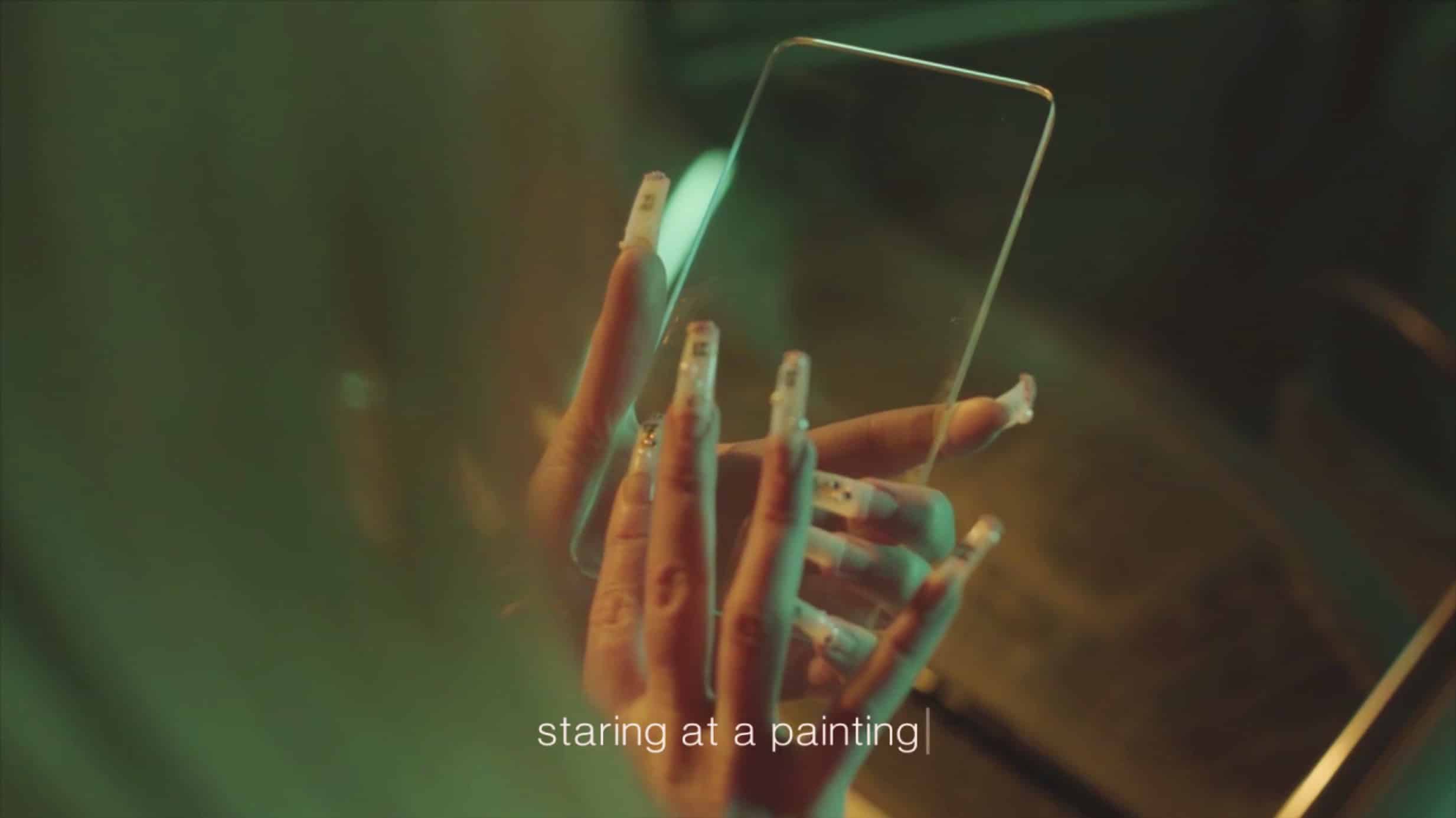
(Narrative Devices, 2016, Featuring Tilman Hornig: GlassPhone, Video Still, Produziert von / Produced by Iconoclast, Courtesy Berlin Biennale für zeitgenössische Kunst / for Contemporary Art)
1. What are your thoughts on being appointed the curators of the 9th Berlin Biennale and what can viewers expect from this year’s event with a theme like “The Present in Drag”?
DIS: Instead of unmasking the present as though it contains something we have to ‘discover’, we want to look at its many faces and incarnations. One way to see it is the present in drag.
When we got to Berlin, we realized the irony of a New York collective temporarily moving to Germany and making a comment on Berlin through this exhibition. But we wanted to embrace the positive consequences of being ‘amateurs,’ ‘tourists’ and ‘outsiders’ in Berlin and in this institutional world of curation. Rather than try and become ‘Berliners’ we focused on the flow of tourism and capital that passes through Berlin and every major city at any given moment.
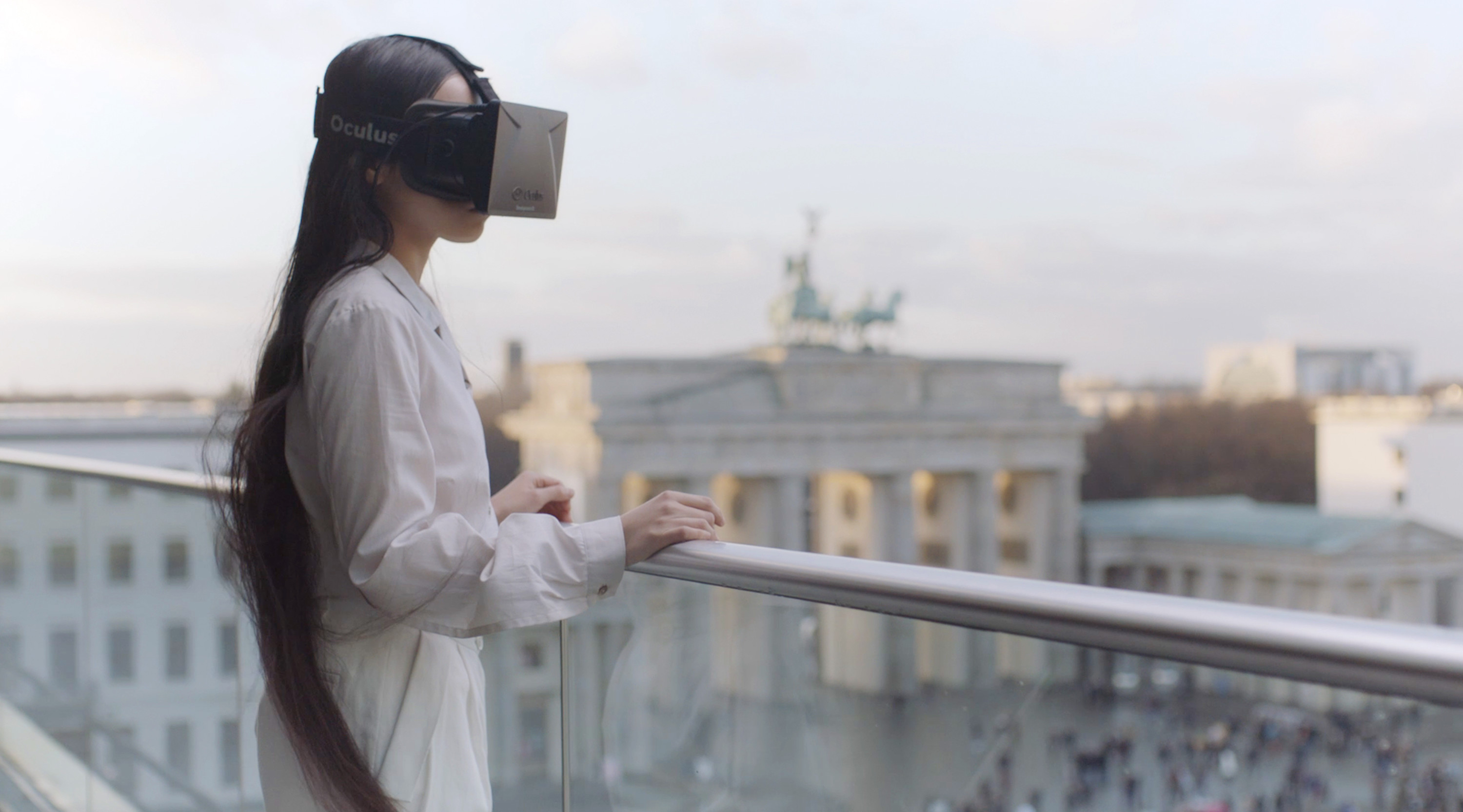
(Speculative Ambience, 2016, Video Still, Produziert von / Produced by Iconoclast, Courtesy Berlin Biennale für zeitgenössische Kunst / for Contemporary Art)
2. As a collective, how has your work evolved from the beginning and what keeps your creative juices flowing in order to keep producing unique and vibrant platforms and projects?
Collaboration leads to endlessly new configurations. DIS has always been about working from a place of hyper-receptivity to the present. Everything is a response to the moment, which means some things can become dated, which we embrace.
DIS has become something like an alternate institution, and with the Biennale we are an alternate institution within a legitimate platform. We tried to include people who have been part of our community. DIS Magazine is not just the four of us, it got recognition only because of our network of collaborators.
Some collaborators of ours who were art school students in 2010 are now Berlin Biennale artists—we wouldn’t be here without them. It’s almost uncanny.
At the same time the Berlin Biennale also feels like the end of something. There’s an uncertainty about what comes next.
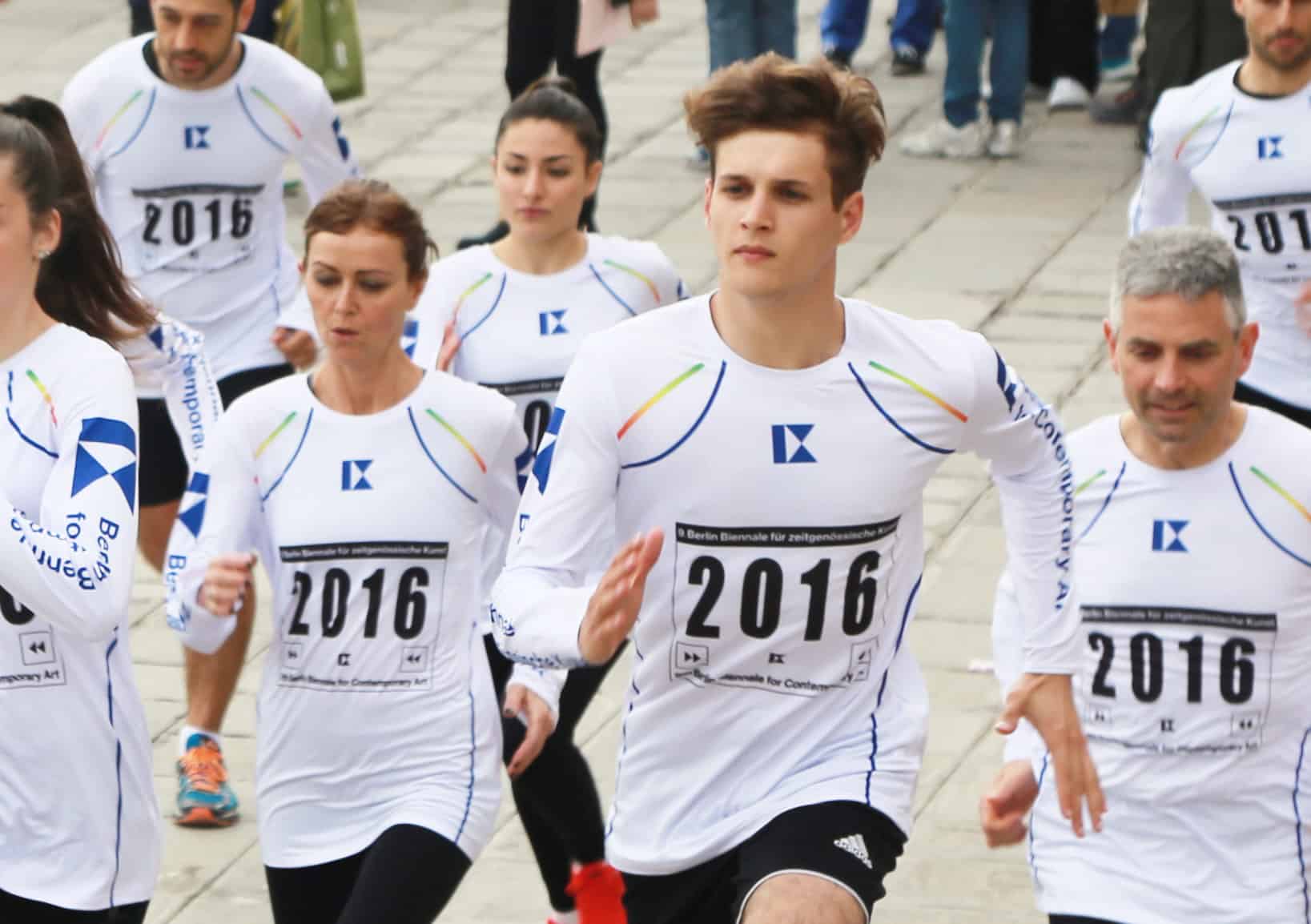
(Venice Runs, 2015, Video Still, Courtesy Berlin Biennale für zeitgenössische Kunst / for Contemporary Art)
3. As you approach the issues of today through a variety of facets does the idea of new technologies play a major role and what kind of energy and message do you aim to showcase for 2016?
We’re interested in technology, not as the sum of its artifacts and gadgets, but as an unstoppable digital influence on the way we think and feel, and something with immense material impact on ideology, economic and political structures, and our natural world.
